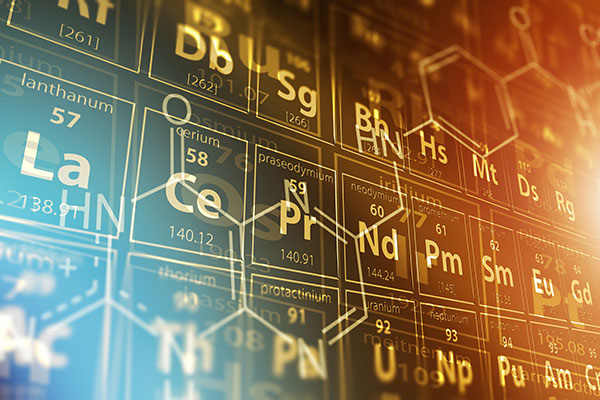Optical materials - glasses, crystalline materials, polymers or plastic - manipulate the flow of energy (light or electromagnetic radiation) in ultraviolet, visible and infrared spectral regions. Atomic configurations within the material define optical properties like transmission and refraction, and they are fabricated into optical elements such as lenses, mirrors, windows, prisms, polarizers, filters, diffraction gratings, waveplates, waveguides, detectors, and collimators, which act on the transmitted energy in some way.
Key properties used in material selection are transparency, transmission, refractive index, and each property’s spectral dependency. The uniformity of the material, strength and hardness, temperature limits, chemical resistivity, and availability of coatings are also important factors.
We're knowledgeable and responsive, and we ensure our customers receive only the highest quality products meeting all the specifications they require. Our focused and efficient operation lets us offer the best prices possible, competitive with optical products pricing anywhere. Ask for a quote today.
